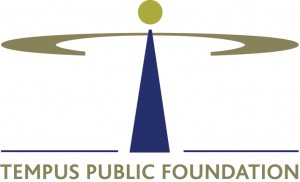Plurilingualism or Multilingualism?
Do these two terms refer to one single concept or to two different ones? Well, the answer is not so evident! If you look at the definition developed by the Council of Europe’s CEFR (Common European Framework of Reference for Languages), you will find that the Council of Europe distinguishes between the linguistic competence of an individual (plurilingualism) and the linguistic diversity of a geographical region (multilingualism). However, if you look into the strategic documents of another organisation, namely the European Union, you will find, that it only uses the term multilingualism, referring to the linguistic diversity of both an individual and a geographical region.
See below a more detailed explanation of the term plurilingualism (an extract from the Council of Europe’s CEFR, p.4) with some key terms marked and explained in red!
In recent years, the concept of plurilingualism has grown in importance in the Council of Europe’s approach to language learning. Plurilingualism differs from multilingualism, which is the knowledge of a number of languages, or the co-existence of different languages in a given society. Multilingualism may be attained (=achieved) by simply diversifying the languages on offer (=providing more languages) in a particular school or educational system, or by encouraging pupils to learn more than one foreign language, or reducing the dominant position of English in international communication.
Beyond this, the plurilingual approach emphasises the fact that as an individual person’s experience of language in its cultural contexts expands (=becomes more), from the language of the home to that of society at large and then to the languages of other peoples (whether learnt at school or college, or by direct experience), he or she does not keep these languages and cultures in strictly separated mental compartment (=parts), but rather builds up a communicative competence to which all knowledge and experience of language contributes and in which languages interrelate and interact. In different situations, a person can call flexibly upon different parts of this competence to achieve effective communication with a particular interlocutor (=a conversation partner). For instance, partners may switch (=change) from one language or dialect to another, exploiting (=making use of) the ability of each to express themselves in one language and to understand the other; or a person may call upon the knowledge of a number of languages to make sense of a text, written or even spoken, in a previously ‘unknown’ language, recognising words from a common international store in a new guise (=form). Those with some knowledge, even slight, may use it to help those with none to communicate by mediating between individuals with no common language.
RELATED POSTS:
CEFR levels explained – Now I Know
CEFR Language activities explained – Now I know
For the European Union’s approach to multilingualism see our Quiz on EU Multilingualism!




